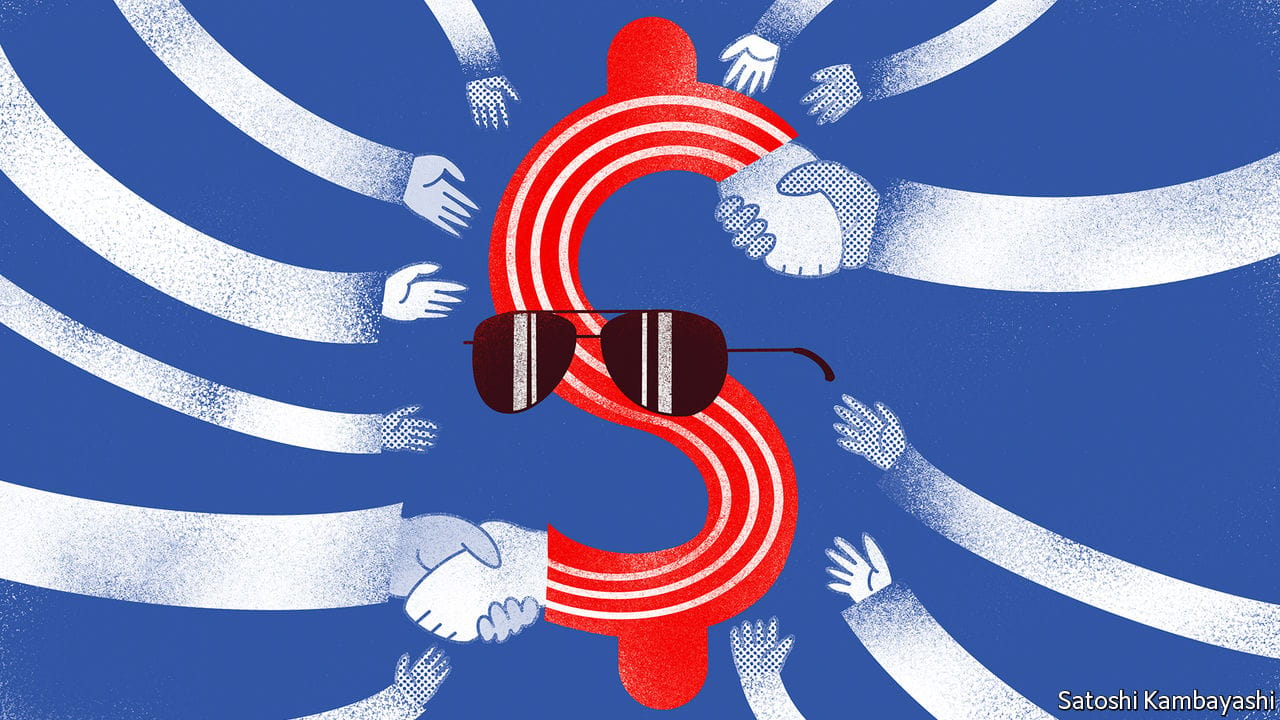- by
- 01 30, 2025
-

-
-
Loading

Loading


days after being sworn in as president in January 2017, Donald Trump signed an executive order withdrawing America from the (), a 12-country free-trade deal he had railed against on the campaign trail. On May 23rd, 488 days after his own swearing-in, President Joe Biden tried to reverse some of the damage by , the 13-country Indo-Pacific Economic Framework (). That Mr Biden took so much longer to launch his Asian trade policy illustrates one basic truth: it is far easier to tear up agreements than it is to craft them anew.Inevitably, one way to look at the is by way of comparison to the (which lives on in reduced form, absent America). Some bits sound rather familiar. One selling-point for the was that it was a “21st-century trade agreement” complete with high standards for workers’ rights and e-commerce rules. The is also “a 21st-century economic arrangement”, according to Jake Sullivan, America’s national security adviser. The original members accounted for nearly 40% of global , roughly the same share as the current partners. Most crucially, China is still excluded. The , like the , is an attempt to build a trading structure in Asia that enshrines both America’s economic principles and its economic power—welcomed by many in the region as a counterbalance to China’s heft.